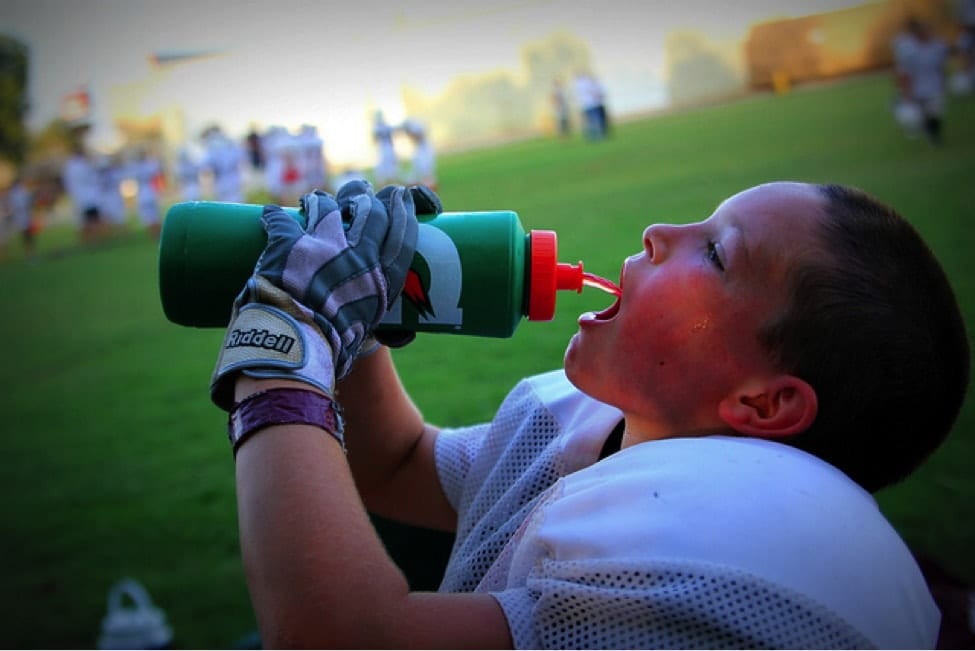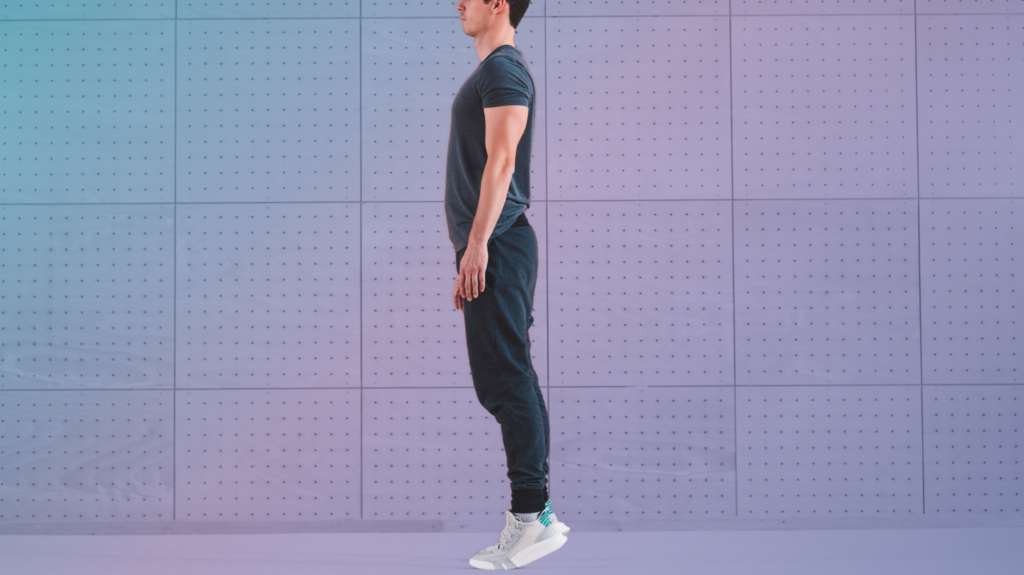Foothills Sports Medicine Physical Therapy, an AZ Sports medicine provider, helps patients across the Valley achieve their physical therapy goals. Our expert staff will create a unique plan for your specific injuries and complaints, ensuring that you get help tailored for you. We also offer a free evaluation, which can be scheduled online here today. To learn more about sports medicine and PT, visit our blog.
AZ sports medicine expert Jeff Moyer, PT, MSPT, AC, CSCS, and owner of our Biltmore location, has worked with athletes throughout his career as an athletic trainer in college, a testing coordinator for pre-NHL draft athletes, and as a PT specializing in orthopedic and sports medicine. He has spent years battling the heat and is here to share five crucial tips for staying hydrated during a workout.
Here in the hot desert, it is vitally important to keep your body hydrated during your workout! Not drinking enough water before a morning run, sweating a ton at the gym, or forgetting a water bottle to sip during spin class, are all surefire ways of putting us on a path to dehydration doom in this steamy Arizona heat. Staying hydrated while exercising is important because of the added sweat loss compared to day-to-day activities, like working at a desk or watching TV. Tossing back some H2O while working out can also help us fight fatigue to prolong endurance and overall performance. So before you turn into a raisin inside and out, check out these 5 ways to prevent mid-workout dehydration.
- Drink!
Good old H2O is critical for rehydrating when the body experiences fluid loss, such as sweat. Even though many gyms like to keep pricey sports drinks and protein shakes stocked on their shelves, most of the time water will do the trick just fine. You should try to sip 7 to 10 ounces of fluid every 10 to 20 minutes during exercise to stay properly hydrated. If you’re working out for longer than an hour or doing a particularly intense exercise (like running a marathon or participating in a tough training session), you will probably need to replace electrolytes too— this is where sports drinks or electrolyte-enhanced water come in handy. When we sweat we lose electrolytes, which are minerals found in the blood that help to regulate (among other things) the amount of water in the body. Research suggests sports drinks, such as Powerade and Gatorade, can help prolong exercise and rehydrate our bodies because they contain electrolytes, which plain old water does not. While an ordinary workout may not require electrolyte-replenishing, those participating in longer and more intense periods of exertion, will benefit from a good dose of electrolytes mid-workout. Whatever you’re drinking, be it water, juice, or sports drinks, make sure to take a sip or two whenever you feel thirsty. Even if you’re not feeling totally parched, mild thirst is still a sign of impending dehydration. - Turn to fruit.
Many fruits are a great source of both electrolytes and fluids, though the dose of electrolytes can differ from fruit to fruit. Bananas and dates are known for having high levels of the electrolyte potassium, making them a great option for refueling during an intense workout (for example, a long run). Fruit contains some water, but not as much as your water bottle. To stay hydrated while keeping up electrolytes, it’s important to drink water while munching on fruit. - Weigh yourself.
Hop on the scale before and after you exercise. For each pound lost during activity, drink an additional 16 ounces of fluid. If your body weight change is three percent or more, you may be experiencing significant to serious dehydration. Losing a few pounds of body weight after exercise can put strain on the body and result in uncomfortable side effects like muscle cramps, dizziness and fatigue. Have a water bottle at the ready to prevent sweating away the water that keeps us hydrated. - Check the toilet.
If you’re taking a mid-set break to hit the loo, check on the color of your urine to make sure you’re staying hydrated. When properly hydrated, urine should be pale yellow in color. It may be tricky to keep an eye on it since the color of urine will dilute when it hits the toilet water. Store this handy, dandy urine color test in your phone to make sure your piddle is up to snuff. Dark yellow urine may indicate dehydration. - Pay attention to your muscles.
Lean muscle tissue contains more than 75 percent water, so when the body is short on H2O, muscles are more easily fatigued. Staying hydrated helps prevent the decline in performance (strength, power, aerobic capacity, anaerobic capacity) during exercise. When your muscles feel too tired to finish a workout, try drinking some water and resting for a bit before getting back at it.
Next time you plan for some sweaty exercise, keep these tips in mind for a safe, hydrated workout!




